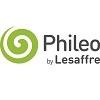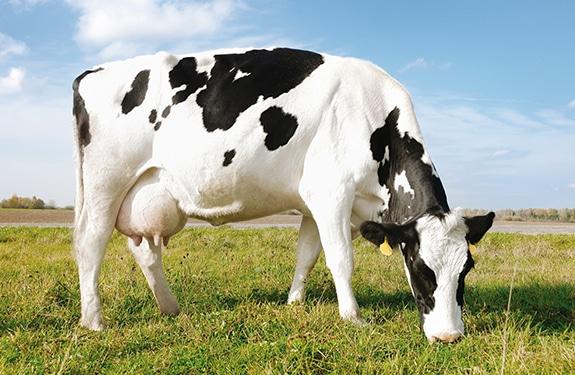
Content sponsored by:
Phileo by Lesaffre
Metabolic Consequences of Inflammation and Leaky Gut
Published: March 31, 2020
By: Erin Horst & Lance Baumgard – Iowa State University – baumgard@iastate.edu

Dairy cows alter their metabolic, hormonal, mineral, and immunological systems as they transition from pregnancy to lactation. Following parturition cows are unable to consume enough nutrients to meet the energetic demands of lactation (and maintenance costs) and as a result enter into negative energy balance (NEB). During NEB, coordinated changes in carbohydrate and lipid metabolism (i.e., decreased circulating insulin and peripheral insulin sensitivity and increased NEFA mobilization) are implemented to ensure glucose is directed towards the mammary gland (Bauman and Currie, 1980). Although these strategies are crucial for optimizing milk synthesis, some cows unsuccessfully adapt to these modifications and consequently develop a metabolic disorder. Excessive adipose tissue mobilization and the affiliated increase in liver NEFA uptake, ketogenesis, and hepatic triglyceride (TG) storage has traditionally been considered responsible immune suppression and ultimately disease development (Grummer, 1993; Drackley, 1999; Oetzel, 2004). However, more recently the concept that immune activation (lipopolysaccharide LPS; a component of gram negative bacteria) and inflammatory mediators impact normal nutrient partitioning and contribute to metabolic maladaptation has received attention.
Systemic postpartum inflammation is common and occurs even in cows which remain seemingly healthy throughout the transition period (Ametaj et al., 2005; Humblet et al., 2006 Bionaz et al., 2007; Bertoni et al., 2008; Mullins et al., 2012). The magnitude and persistency of the inflammatory response seems to be predictive of transition cow performance (Bertoni et al., 2008; Bradford et al., 2015; Trevisi and Minuti, 2018). In fact, we and others have demonstrated that cows which develop ketosis and fatty liver postpartum had higher concentrations of acute phase proteins prior to diagnosis (Ohtsuka et al., 2001; Ametaj et al., 2005; Abuajamieh et al., 2016). During the weeks surrounding calving, cows are exposed to a myriad of stressors which may permit LPS infiltration into systemic circulation and thereby initiate an inflammatory response (Khafipour et al., 2009; Kvidera et al., 2017a; Proudfoot et al., 2018; Barragan et al., 2018; Koch et al., 2019). The frequency and severity of these inflammation-inducing insults presumably determines the level of inflammation that follows (Bertoni et al., 2008; Trevisi and Minuti, 2018). Lipopolysaccharide may originate from numerous sources, but obvious sites in dairy cows include the uterus (metritis) and mammary gland (mastitis). Additionally, we believe the gastrointestinal tract may contribute as many transition-related problems (rumen acidosis, decreased feed intake, and psychological stress) can compromise gut barrier function (Gozho, et al., 2005; Khafipour, et al., 2009; Smith et al., 2010; Kvidera et al., 2017).
Immune activation induces marked changes in metabolic homeostasis including; hyperglycemia or hypoglycemia (depending on the stage and severity of infection), increased insulin and glucagon, increased skeletal muscle catabolism, hypertriglyceridemia, and hypoketonemia (Wannemacher et al., 1980; Lanza-Jacoby et al., 1998; McGuinness, 2005; Zarrin et al., 2014; Kvidera et al., 2017). These metabolic adjustments likely occur to ensure adequate glucose delivery to activated leukocytes, which become obligate glucose utilizers when activated (Calder et al., 2007; Palsson-McDermott and O’Neill, 2013) and activated immune cells have a substantial energetic demand (Kvidera et al., 2017). Consequently, fueling the immune response is accompanied by deemphasizing production performance.
In summary, dairy cows are exposed to a myriad of inflammation-inducing events (i.e., tissue trauma, mastitis, feed restriction, rumen acidosis, psychological stress, etc.) throughout the transition period, which may allow infiltration of LPS and consequently hinder production performance. The frequency and severity of these insults likely determines the magnitude of inflammation and ultimately the productivity/profitability of the cow.
Related topics
Authors:
Join to be able to comment.
Once you join Engormix, you will be able to participate in all content and forums.
* Required information
Would you like to discuss another topic? Create a new post to engage with experts in the community.
Create a post

.jpg&w=3840&q=75)